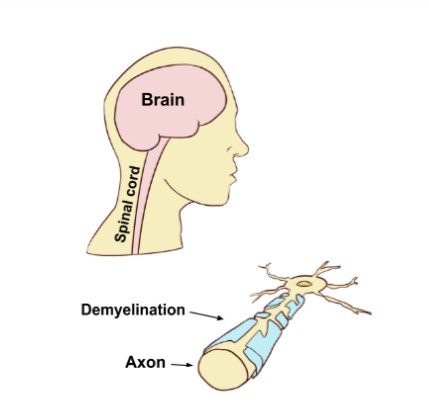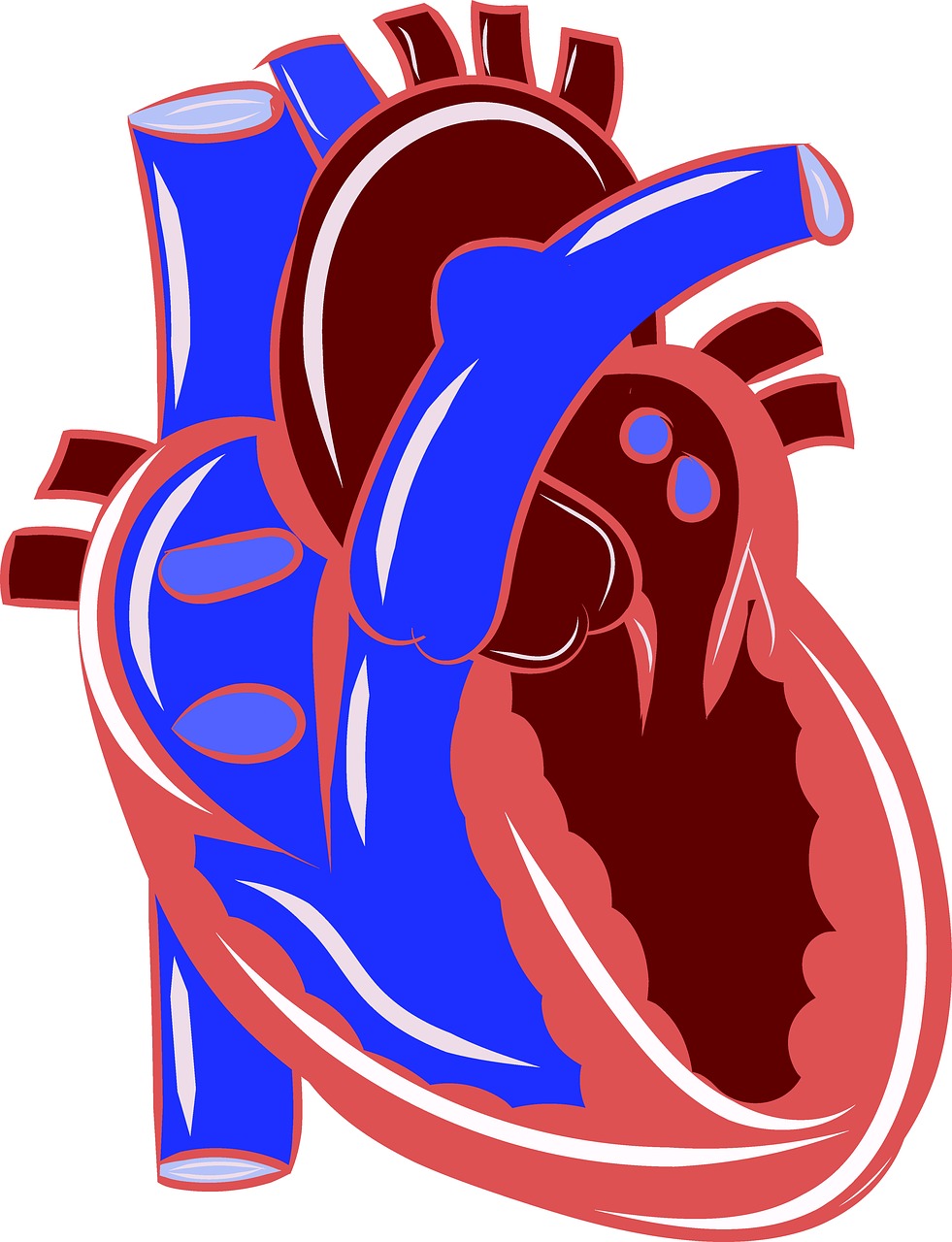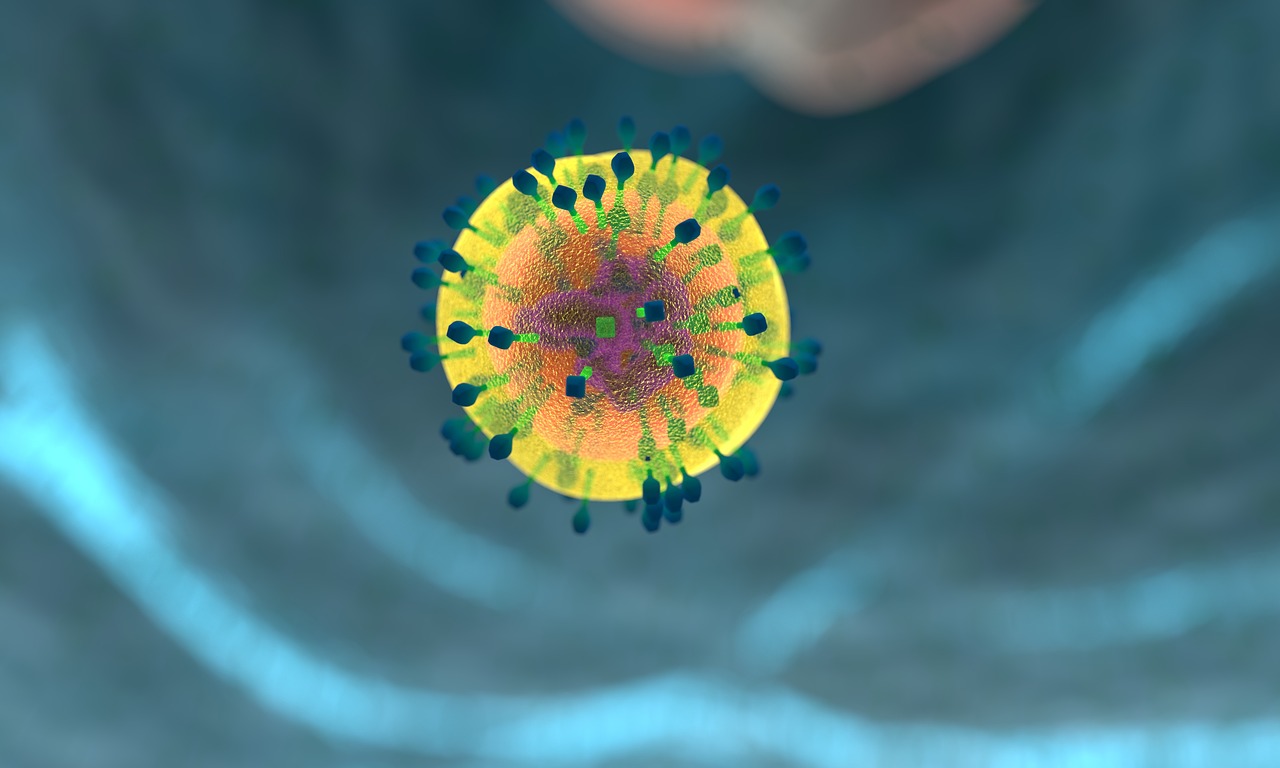Physiology Overview
Physiology is the study of the functioning of the human body. It is the above-mentioned systems that maintain a steady-state/ homeostasis or milieu-interieur as defined by the French physiologist Claude Bernard and American physiologist Walter Canon. Rudolph Virchow, (who gave the postulates of cell theory, that all cells arise from pre-existing cells and the cell is the basic structural and functional unit of life), popularized the cellular theory of disease.
According to it, all diseases have a cellular origin, and thus macroscopic changes and signs and symptoms are preceded by cellular and biochemical derangements in cells. According to him, therefore, pathology is an altered state of physiology that must be corrected. Failure to do so would lead to disease progression and death in some instances.
Body Composition and Water Distribution

The average human male weighs about 70 kg and a female weigh about 60 kg. The human body is composed of 60% water which amounts to 42 litres. The intracellular component is about 2/3rd which is 28 litres and the extracellular component is about 14 litres. The amount of blood in the human body is about 5 litres. It is composed of plasma (around 3 litres) and blood cells (red blood cells, white blood cells and platelets).
Feedback System- Negative Feedback Loop

There are two main types of feedback which ensure that the body is continuously functioning which is normal physiology. A negative feedback and a positive feedback control mechanism regulate the functioning of body processes. In negative feedback, the response produced reduces the original stimulus. For example, the hypothalamus-pituitary-target organ axis. The pituitary is the master endocrine gland of the body. It controls all other endocrine organs with respect to their secretions. However, the pituitary is itself under the control of the hypothalamus. Considering the release of thyroxine hormone from the thyroid gland, the negative feedback loop becomes clear. The hypothalamus releases Thyroid Hormone Releasing Hormone (TRH). It acts on the pituitary to secrete Thyroid Stimulating Hormone or TSH. The TSH acts on the thyroid gland to stimulate the release of T3 and T4 hormones from the gland. However, increasing levels of the hormones have an inhibitory effect on the hypothalamus and the pituitary gland. They inhibit further release of TRH and TSH and thus maintain the circulating levels of T3 and T4.
Positive Feedback Loop:

Positive feedback loops, on the other hand, have a response that increases/stimulus, which increases the first incentive. Childbirth or parturition is a classic example of positive feedback. At the time of childbirth, the uterine muscles contract in response to oxytocin. When the head of the baby is engaged, it stretches the cervical opening. This stimulates the uterine muscles to contract further and push the baby downwards.
This leads to a positive loop of further dilatation and further uterine contractions, which continues until the baby is finally delivered. Blood clotting is another example of positive and negative feedback loops occurring together. When bleeding occurs, there is a release of clotting factors which lead to a coagulation cascade. This cascade continues and amplifies until the bleeding is controlled, which is positive feedback. This leads to the control of bleeding, which leads to the integrity of the vascular system. Thus, bleeding leads to further control of bleeding and coagulation, which is, therefore, an example of negative feedback.
Functions of Various Body Systems
Nervous-Endocrine System:
The neuroendocrine system is the main seat of control and coordination. The neurons are the basic units of the nervous system. It can be broadly divided into the central nervous system (the brain, spinal cord, and central nerves) and a peripheral nervous system which is comprised of peripheral nerves (afferent- to the organ and efferent-away from the organ). Thus, a receptor-integrator-effector system is established. A large number of reflexes such as pain reflexes exist to protect ourselves from potentially harmful stimuli.
For example, on touching a hot object, we impulsively remove our hand away from the object. This is executed at the level of spinal cord and is thus protective in nature. Also included are the special senses of touch, smell, taste, vision and hearing. These specialised senses help us to communicate with our external environment effectively.

Circulatory, Excretory and Digestive Systems

The circulatory system ensures a constant dynamic blood flow, while ensuring supply of essential substrates and nutrients to body tissues. At the same time, they also collect harmful waste products and help in their removal.

The excretory system including kidneys, filters the blood of waste products of metabolism and thus helps in clearing the blood of unwanted harmful substances.

The digestive system is primarily concerned with energy production and metabolism. They ensure that complex food substances are broken down into simple soluble forms that are absorbed and assimilated in the body tissues. They are used for generating energy in the form of ATP which powers our daily life activities. The undigested and unabsorbed substances are egested out of the body.
Immune System

The immune system is of particular importance and deserves special mention. The immune system responses are broadly divided into primary and secondary responses. Primary immunity or the innate immunity is the defense powers already in an individual by virtue of its original genetic makeup. It does not require prior exposure to an external agent. This is responsible for the acute signs of inflammation seen. For example, in the case of an ant-bite, the surrounding region is red, warm and tender to touch along with being swollen. The primary cells of this response are the neutrophils.

The secondary immune response or acquired immune response is specific and results in the production of antibodies against the invading pathogen. It has a lag period and is primarily mediated by the lymphocytes and macrophages. The primary lymphoid organs include the bone marrow and the thymus, for the production of B lymphocytes (which produce antibodies) and T lymphocytes which produce T-lymphocytes or cytotoxic cells.

Reproductive System and Development Phases
The reproductive system is primarily concerned with the perpetuation of life. The ability to reproduce is one of the fundamental characteristics of living organisms. Thus, the testis and ovaries produce male and female gametes respectively. During coitus or copulation, these gametes fuse with each other to form the zygote. The zygote is implanted in the lining of the uterus and grows into successive stages of embryo and fetus until delivery at 9 months of pregnancy. From birth onwards, various milestones have been defined.

Up to the first month after birth, the child is called a neonate. Up to one year of age, it is termed as an infant. A child is up to 14-16 years of age. The next few years are considered to be teenage years. The later stage is adulthood and finally old age (beyond 65 years) and death. They are further subdivided, for example as:
- Early Childhood
- Middle Childhood
- Adolescence
- Early Adulthood
- Middle Adulthood
- Late Adulthood
Anatomical Terminologies
A working knowledge of anatomical terms is essential in order to know the descriptions in anatomy. It will help us to better understand the positions of various body parts in relation to each other and reference points.
Directional Terms:
They describe the relative structures or locations in the body. These are with reference to the normal anatomical position of the body in which the body is erect with arms by the side and the palms facing forwards.

- Superior: Towards the head end of the body e.g.: Upper limbs are superior to the lower limbs or the nose is superior to the mouth. It is also termed as rostral.
- Inferior: Away from the head (not necessarily towards the feet). The neck is inferior to the head. It is also referred to as caudal (caudal meaning tail-end)
- Anterior: It is also referred to as the front-facing part. For e.g. the torso is the anterior part of the body. It is also referred to as ventral.
- Posterior: It is the backside. For e.g. the calf muscles are on the posterior aspect.
- Medial: Towards the midline of the body or towards a sagittal plane (example, the thumb is medial to the little finger in the anatomical position).
- Lateral: Away from the midline of the body (for example, the little toe is located at the lateral side of the foot).
- Median: It refers to a midline structure, which is generally solitary or single. The thyroid is in the median plane.
- Proximal: Towards or nearest the trunk or the point of origin of a part (example, the humerus bone is proximal to the bones of the forearm).
- Distal: Away from or farthest from the trunk or the point of origin of a part (The wrist is distal to the forearm).
Planes of the Body
They divide the body into halves, right and left, upper and lower, anterior and posterior.
- Coronal Plane (Frontal Plane) – A vertical plane that runs from side to side; It divides the body or its parts into anterior and posterior portions.
- Sagittal Plane (Lateral Plane) – A vertical plane running from front to back; divides the body or any of its parts into the right and left sides.
- Axial Plane (Transverse Plane) – A horizontal plane; divides the body or any of its parts into upper and lower parts or a superior and inferior part.
- Median plane – It is the midsagittal plane of the body; It divides the body or its parts into right and left halves.
